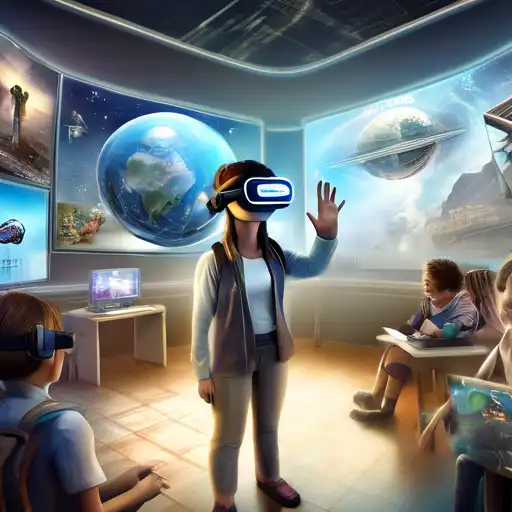Virtual Reality: Transforming the Educational Landscape
Virtual Reality (VR) is no longer just a facet of gaming and entertainment; it's paving the way for a revolutionary approach to education. By immersing students in a 3D environment, VR offers an unparalleled learning experience that traditional classrooms cannot match. This technology is not just enhancing the way students learn but also how educators teach, making it a pivotal tool in the modern educational toolkit.
The Benefits of VR in Education
VR in education brings a host of benefits, including but not limited to:
- Enhanced Engagement: VR's immersive nature captures students' attention like never before, making learning more engaging and enjoyable.
- Improved Retention: Studies have shown that learning in a VR environment can significantly improve information retention rates.
- Accessible Learning: VR can simulate real-world scenarios, making it possible for students to experience learning opportunities that would otherwise be inaccessible due to geographical or financial constraints.
- Safe Environment: From conducting complex science experiments to exploring historical sites, VR provides a safe and controlled environment for students to learn and explore.
Implementing VR in Classrooms
Integrating VR into the educational system requires careful planning and consideration. Schools and institutions must invest in the right hardware and software, as well as train educators to effectively incorporate VR into their teaching methodologies. Despite the initial costs, the long-term benefits of VR in education far outweigh the investments, promising a future where learning is more interactive, inclusive, and effective.
Challenges and Considerations
While VR holds immense potential, there are challenges to its widespread adoption in education. These include the high cost of VR equipment, the need for technical support, and ensuring content is pedagogically sound. However, as technology advances and becomes more affordable, these barriers are gradually being overcome, making VR an increasingly viable option for schools worldwide.
The Future of VR in Education
The future of VR in education is bright, with ongoing advancements in technology making it more accessible and effective. As we move forward, we can expect to see VR being used not just for individual learning but also for collaborative projects, connecting students from around the globe in a virtual classroom. The possibilities are endless, and the impact of VR on education is only just beginning to be realized.
For more insights into innovative learning technologies, explore our EdTech Trends section.
